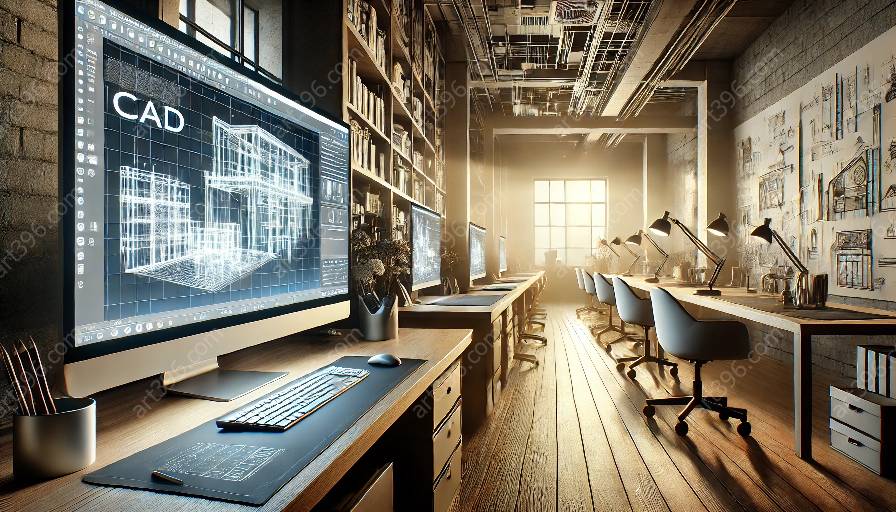Computer-Aided Design (CAD) has revolutionized the architectural industry, enabling architects to seamlessly integrate building systems into their designs. From HVAC and electrical systems to structural and plumbing solutions, CAD plays a crucial role in creating efficient and functional architectural designs.
The Role of CAD in Architecture
CAD software provides architects with powerful tools to visualize, analyze, and optimize building systems within their designs. By leveraging CAD, architects can create detailed 2D and 3D representations of building components, allowing for accurate placement and integration of various systems.
Integration of Building Systems
CAD enables architects to integrate building systems by providing a platform for precise coordination of architectural elements with mechanical, electrical, and plumbing (MEP) systems. Through CAD, architects can ensure that the space within their designs accommodates the necessary systems without compromising the aesthetics or functionality of the building.
Efficiency and Collaboration
With CAD, architects can streamline the integration of building systems, leading to increased efficiency in the design process. Additionally, CAD facilitates collaboration between architects, engineers, and other stakeholders involved in the building design, allowing for seamless communication and coordination of system integration.
Visualization and Simulation
CAD empowers architects to visualize and simulate the performance of building systems within their designs. Through virtual modeling and simulation, architects can analyze the behavior of integrated systems, identify potential conflicts, and optimize the overall performance of the building.
Enhancing Functionality and Sustainability
By leveraging CAD, architects can design buildings that prioritize functionality and sustainability. CAD software allows for the analysis of energy-efficient systems, building materials, and structural elements, ultimately contributing to the creation of environmentally-friendly and resource-efficient architectural designs.
Future Trends and Innovations
The future of computer-aided design in architecture is poised for further advancements in system integration. Emerging technologies, such as Building Information Modeling (BIM) and parametric design, are expected to enhance the capabilities of CAD, offering architects even greater control and insight into the seamless integration of building systems.









































